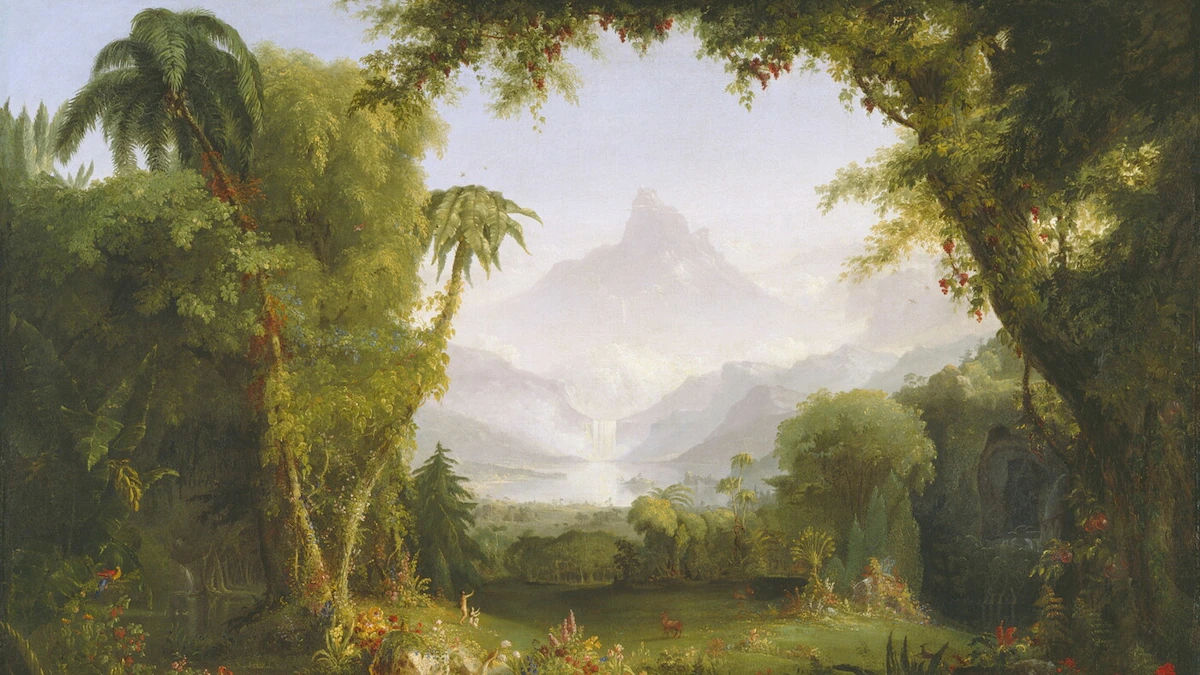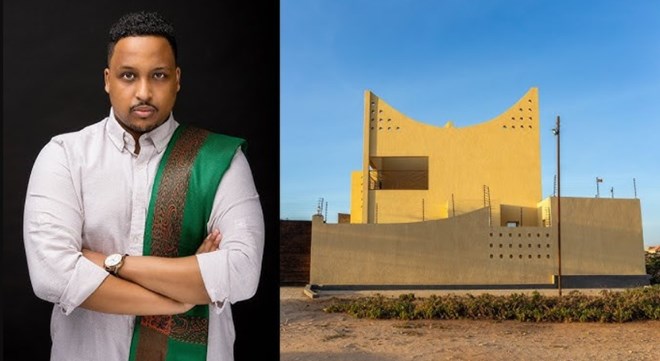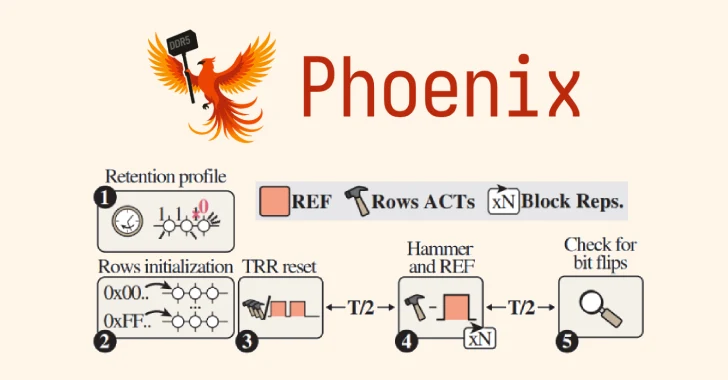
When God banished Adam and Eve from the Garden of Eden, the Bible says that he placed a cherubim and flaming sword at the entrance that scholars believe is used to guard against their return to this paradise on Earth. But this clear expulsion of human beings hasn’t stopped archaeologists, theologians, and tourists alike from trying to find their way back.
The Bible’s vivid geographical description of Eden gave seekers a head start. Readers are initially told that the Eden is “in the east” and that “in the midst of the garden” were the Tree of Life and the Tree of the Knowledge of Good and Evil—the latter with its tempting fruit that Eve accepted despite God’s warnings, resulting in their expulsion (Genesis 2:9; Genesis 3:3).
But Genesis 2:10-14 narrows down the location saying, “a river flows out of Eden to water the garden, and from there it divides and becomes four tributaries,” that include the Tigris and Euphrates rivers, located in southwestern Asia, and the Pishon and Gihon, which researchers are still searching for.
This level of detail is unusual for the Bible and lent an air of authenticity to the story, giving early readers confidence that Eden was a real place.
“Scholars have long exercised their imaginations trying to pin down whether Genesis has some actual [if general] location in mind for where Eden may have been, or where might have inspired the story,” says Joel Baden, professor of divinity and of religious studies at Yale University.
Tracing the four rivers of Eden
You can still spot some of Eden’s geographical markers today. The Tigris–Euphrates river system are easy to plot on a map and played a major role in the development of ancient Mesopotamian society. The Tigris originates in the Taurus mountains of eastern Turkey and runs south along the border between Turkey and Syria before flowing into Iraq. In southern Iraq, it joins the Euphrates and the conjoined rivers empty into the Persian Gulf.
LIMITED TIME: 50% OFF
Big savings, bigger adventures. Subscriptions are starting at $17/year.
(How this ancient society helped build the modern world.)
The Pishon and Gihon are harder to pin down. Genesis explains that Pishon is “the one that flows around the whole land of Havilah, where there is gold,” while the Gihon flows around the land of Cush. Scholars say Havilah was in South Arabia, a region known for precious metals. Cush’s location is a bit elusive, “because [the] name [Cush] is used in the Bible for two distinct regions: one in Mesopotamia, and the other in Africa, around Nubia,” says Baden.
The Tigris and Euphrates corroborate the Mesopotamia theory as the rivers supplied water to an extensive floodplain, known as the Fertile Cresent. The region spanned the modern-day countries of Iraq, Turkey, Syria, Lebanon, Palestine, Israel, and [some argue] Egypt. During rainy seasons the rivers would flood the valleys, creating fertile soil in an otherwise dry region.
(The royal tombs of Ur revealed Mesopotamia’s golden splendor.)
The Fertile Crescent’s stable climate and reliable water source allowed ancient peoples to develop of agricultural systems, cities, and systems of government at the heart of the two rivers. The area is also known as the “cradle of civilization” which was coined in the 19th-century by Egyptologist James Henry Breasted, who argued that human civilization originated there, against the prevailing opinions of the time that prioritized ancient Greece and Rome.
Is the Garden of Eden underwater?
In the 1980s, German-born archaeologist Juris Zarins proposed that the Garden might be submerged under the Persian Gulf. He believed the Gihon corresponded to the Karun River in Iran and that the Pishon could be mapped onto the Wadi al-Batin river system—and decided to take a new approach to prove it. Zarins analyzed satellite images taken by NASA, revealing the dry beds of two large rivers that once flowed from central and southern Arabia into the southwest region of the Persian Gulf.
Climate change and sea level rise are critical elements in this theory. At the end of the last Ice Age the Red Sea was largely dry, extending the region identified with the land of Cush into the southwest tip of the Arabian Peninsula. At the time Genesis was written, melting snow and ice on the mountains would have made the rivers major waterways at the time.
However, no marine archaeology has supported Zarins’ theory. It continues to receive a controversial reception among modern archaeologists and biblical scholars. In his research on the location of Eden, biblical archeologist Joel Klenck says that “Zarins’s theory contradicts the Bible.” While Zarins’ theory would have all four rivers flowing into Eden, Klenck says Genesis “clearly states that all rivers proceeded ‘from’ and not ‘to’ Eden.”
These studies, however, rely on the assumption that the Garden of Eden is a real place that can be located on a map or unearthed by archeology.
Is the Garden of Eden a real place?
While archeologists search for Eden’s location, not all scholars are convinced the Garden of Eden ever truly existed.
University of Exeter professor Francesca Stavrakopoulou says the Garden of Eden was a symbolic space based on ancient royal gardens and conceptually located in Jerusalem itself. Mark Leutcher, a professor of ancient Judaism and the Hebrew Bible at Temple University, explains that the Garden of Eden is not a single place for ancient authors and audiences of the tale. According to Leutcher, the garden symbolizes the ancient west Asian world.
“It represents ideas that are valuable for real human societies to think about, but it uses the language of symbolism and metaphor to impart those ideas,” Leutcher says. “In other words, the Garden of Eden represents the entire cultural world from the coast of the Mediterranean Sea to the eastern frontiers of the Assyrian and Babylonian empires.”



